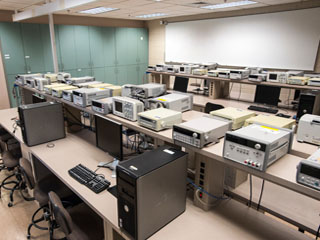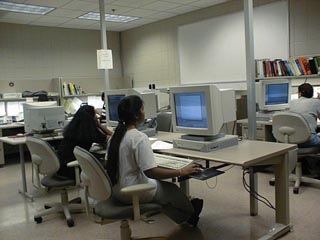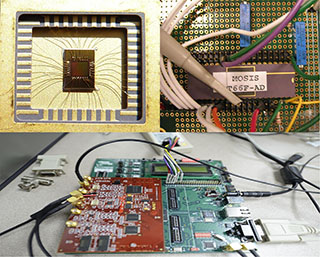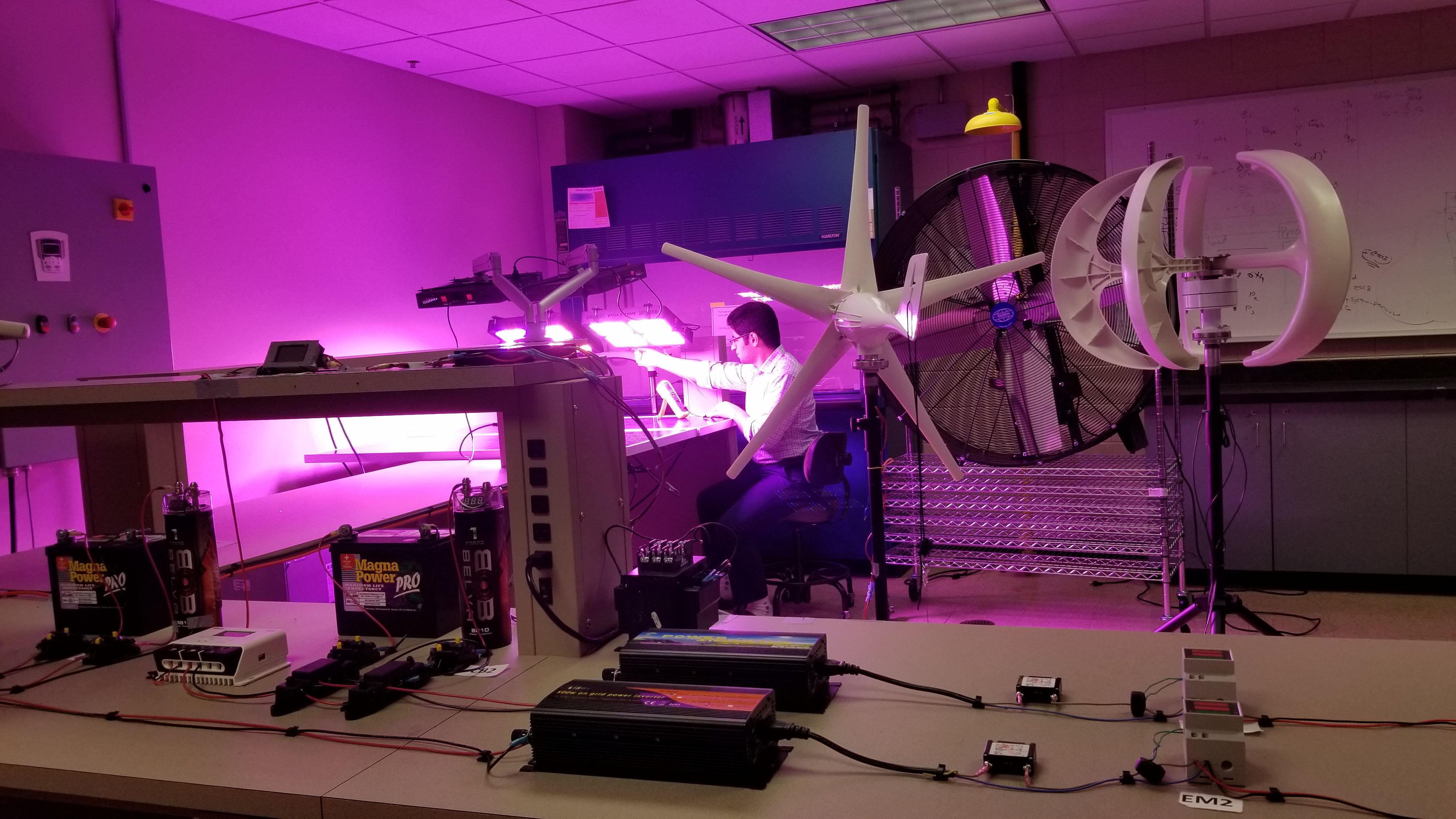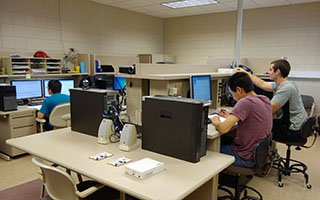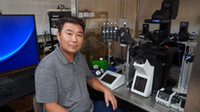Laboratories
Instruction Labs
Research Labs
High Performance Computing Facility
High-performance computing (HPC) refers to the use of supercomputers and/or computer clusters to accelerate the solution of fundamental problems in science, engineering and business that have broad scientific and economic impact. With a generous support from NSF (Award No. 0855221), SIUC has developed an HPC center (SIHPSI: Southern Illinois HPC Infrastructure), a facility first-of-its-kind not only within the campus but in the greater Southern Illinois region also. SIHPCI initially consists of 106 dual quad-core Dell PowerEdge R410 compute nodes running Red Hat Enterprise Linux and has been fully operational since Spring 2010. Each node has 8 (eight) 64-bit Intel Xeon 2.23 GHz E5520 CPUs and 8 GB of RAM and is connected with Gigabit Ethernet and supported by appropriate hardware. 90 TB of storage is installed behind the Master Node. The machine offers access to scratch space.





